Every winter, Yosemite National Park in California showcases a spectacular natural phenomenon called the “firefall,” which illuminates the granite cliffs with vibrant hues. The park is home to a diverse ecosystem, including hundreds of species and fascinating natural wonders such as towering granite monoliths, deep valleys, ancient giant sequoias, and numerous waterfalls. Among the park’s more than 25 waterfalls, one stands out: Horsetail Fall. Once a year, under perfect conditions, this waterfall transforms into a stunning display resembling a fiery waterfall.
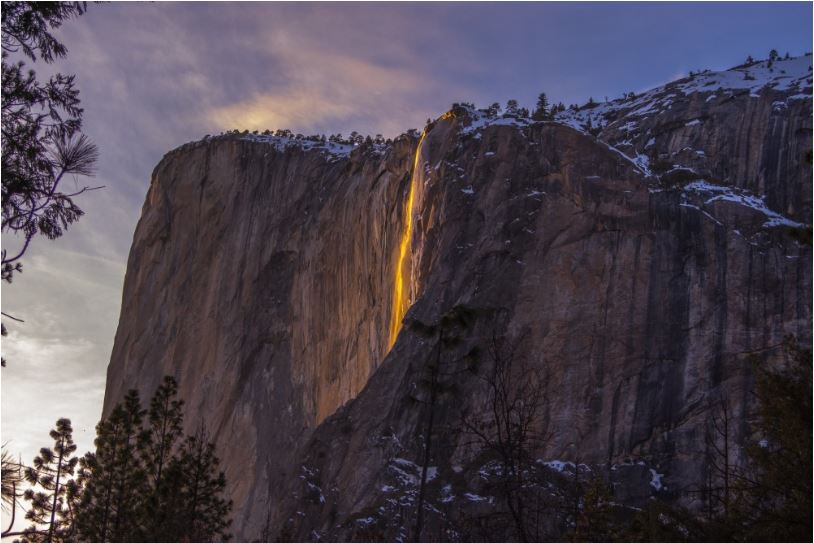
Horsetail Fall is a seasonal waterfall located in Yosemite National Park that is fed by snowmelt. It is situated on the eastern side of El Capitan, a granite monolith, and cascades down during the winter and early spring months. With a height of around 1550 feet, it is one of the tallest waterfalls in Yosemite comprising of two separate streams.
However, under specific conditions – where there is adequate snowfall, warm temperatures, a clear sky, and sunlight hitting the fall at a certain angle – the water takes on the appearance of flowing lava and creates a stunning phenomenon known as the “firefall.” Unfortunately, the popularity of this event has caused damage to delicate local vegetation and led to the closure of some of the best viewing spots by the National Park Service.
The term “firefall” originated from a summer event that began in 1872 when piles of burning embers were spilled from the top of Glacier Point into the valley below, creating a spectacular blazing firefall. Although this sight was popular with tourists, it posed a significant fire hazard, leading to the National Park Service putting an end to the Yosemite Firefall in 1968.
Nonetheless, the stunning red glow of Horsetail Fall can still be observed today without endangering the incredible natural reserve that is Yosemite. If conditions are right, the sun turns the water burning red, creating a picturesque waterfall that attracts visitors from all over the world.
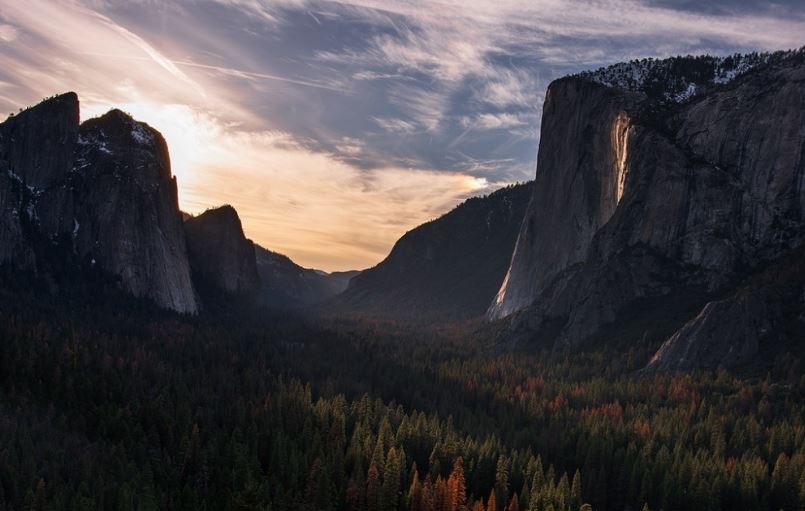
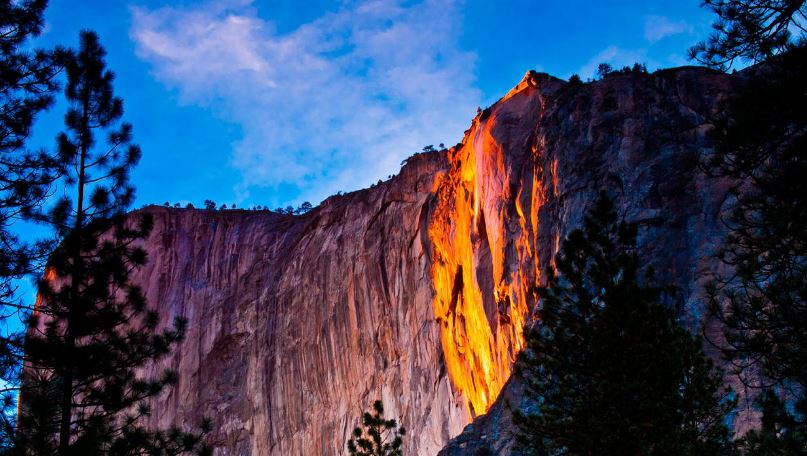
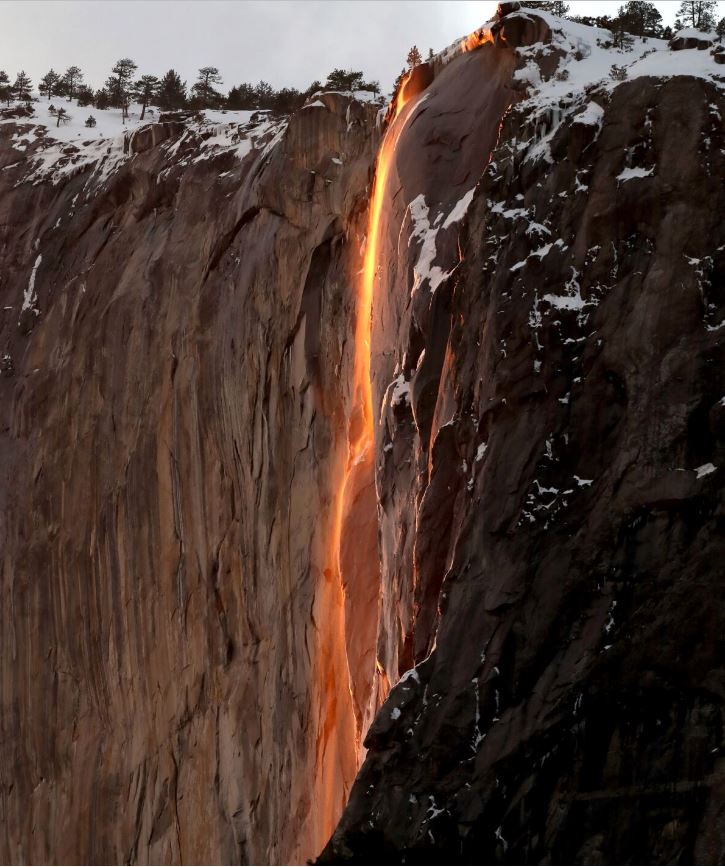
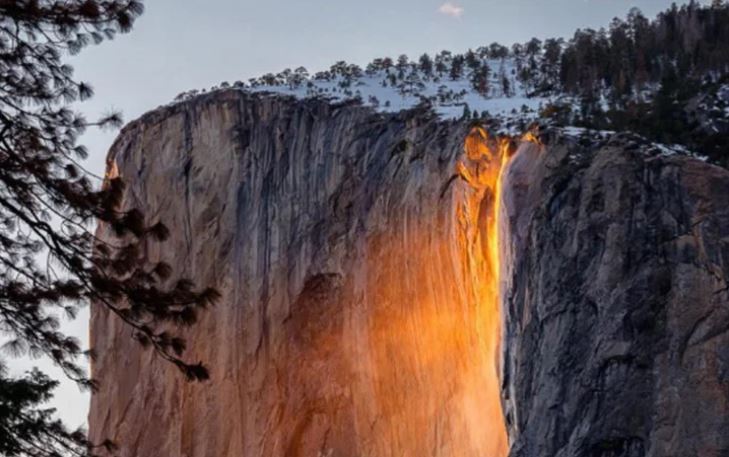
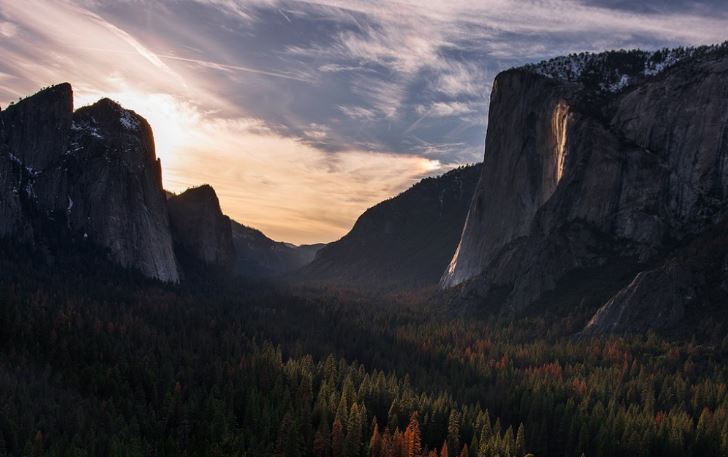
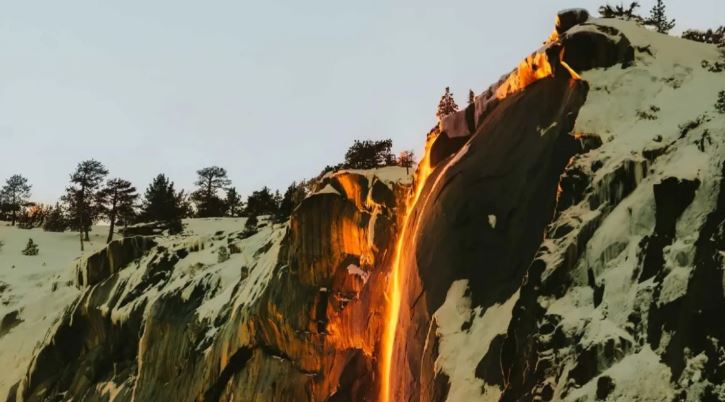
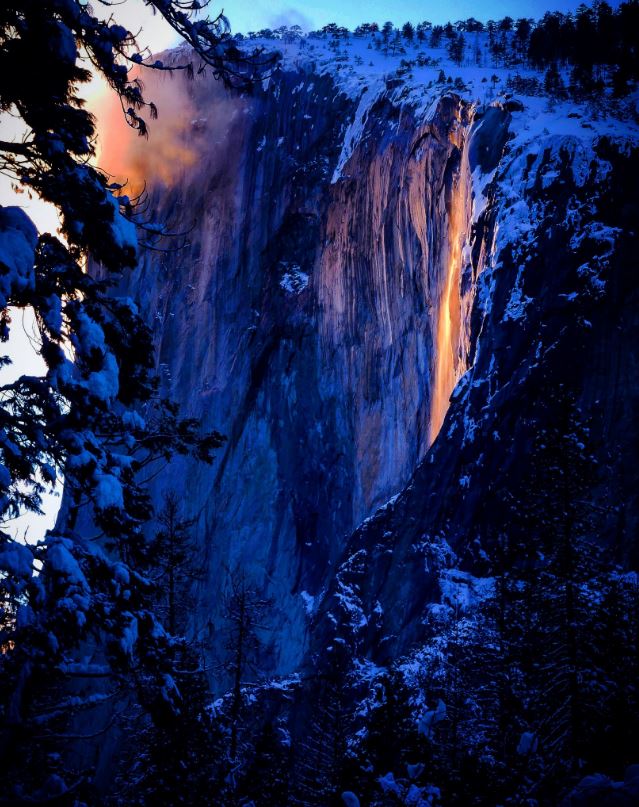
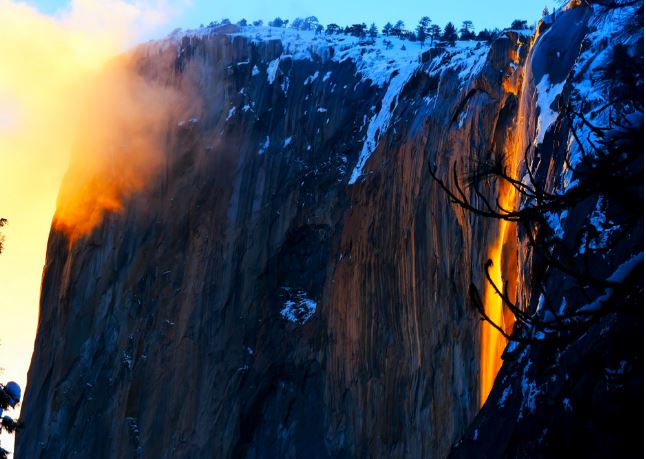
Source: lifenews





